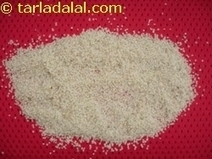Research and publish the best content.
Get Started for FREE
Sign up with Facebook Sign up with X
I don't have a Facebook or a X account
Already have an account: Login
 Your new post is loading... Your new post is loading...
 Your new post is loading... Your new post is loading...
|

Dorian Q Fuller's curator insight,
December 15, 2012 11:53 AM
Whether we can really judge domestication and domestiction process from starch grains require more work, but the patterns here are suggestive both of intensive use of Setaria italica (sensu lato) and possible some morphometric change in foxtail millet, all prior to the accepted 6000 BC start date for millet-based Neolithic farming. |










